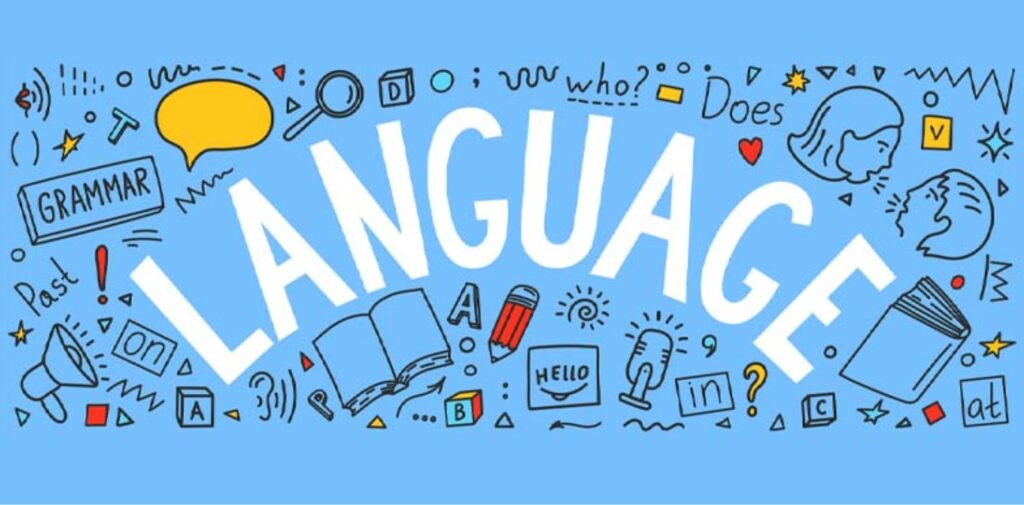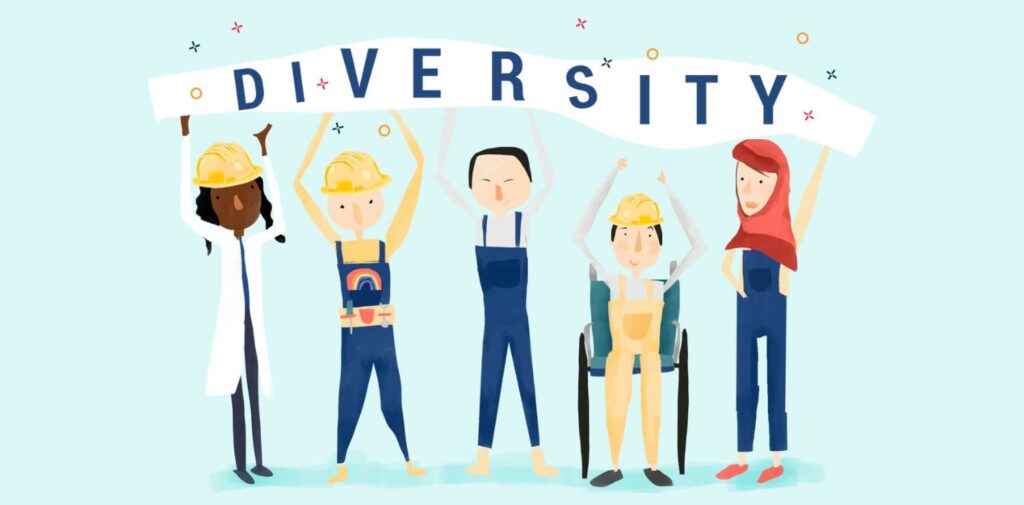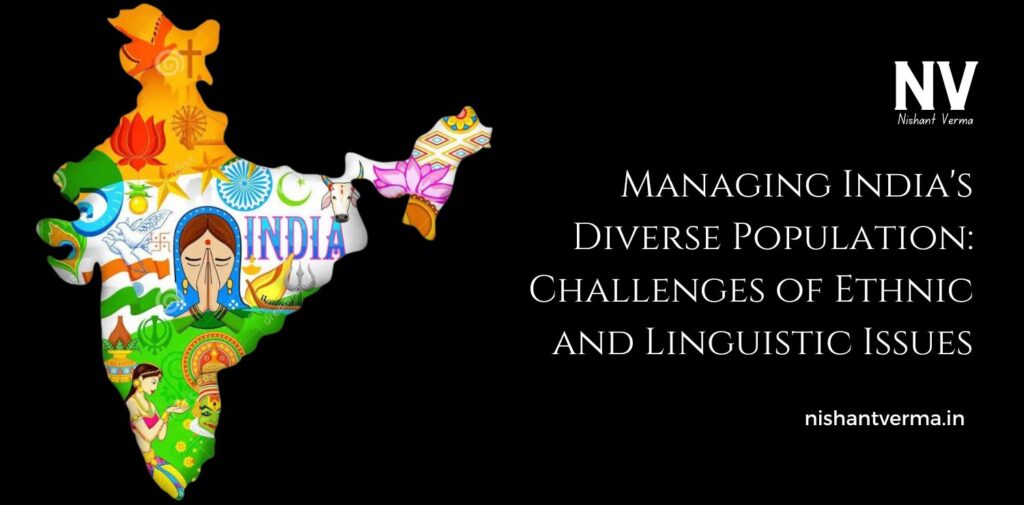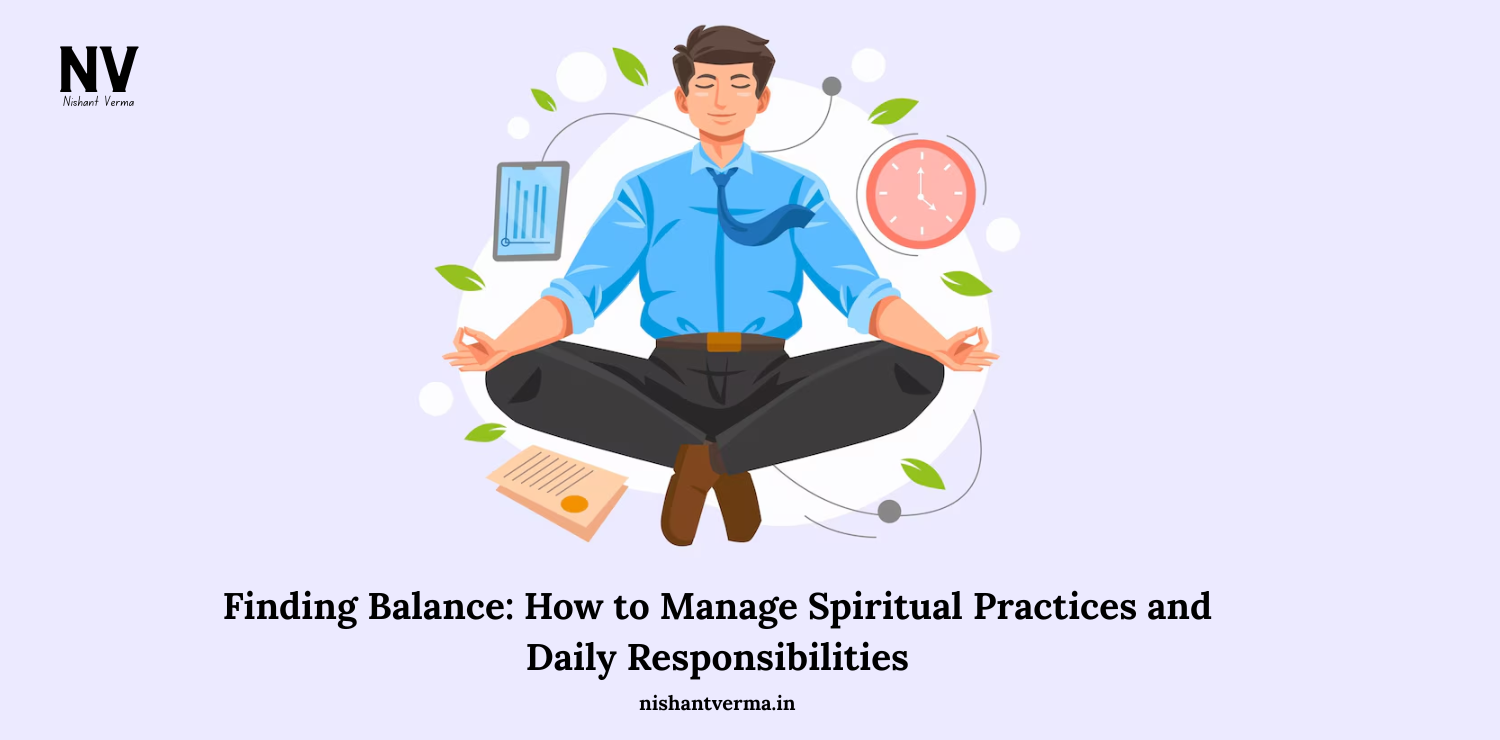India is a land of great diversity. From its culture to its languages and even its people, everything in India is unique. When India became independent in 1947, the leaders of the country knew that managing such a diverse population would be a big challenge. One of the biggest issues they had to face was dealing with the many ethnic and linguistic differences among the people of India. These differences are still very important today, and understanding them can help us learn how India manages its diversity.
What is Ethnicity?
Ethnicity refers to the groups of people who share common cultural practices, traditions, and often a common ancestry. In India, there are many different ethnic groups. Some people are from the north, while others are from the south, east, or west. These groups have different customs, foods, dresses, festivals, and ways of life. Managing this diversity has been one of the challenges India has faced.

What is Language?
Language is another important part of a person’s identity. India has hundreds of languages, and every region of India speaks its own set of languages or dialects. For example, people in the north may speak Hindi or Punjabi, while people in the south may speak Tamil or Telugu. This creates a situation where people in different parts of the country may not even understand each other’s language. This is a big challenge when it comes to running the country as a whole.
The Difficulty of Unity in Diversity
India is often called the “land of diversity.” While diversity can be seen as a strength, it can also lead to misunderstandings and challenges in unity. For example, the language barrier can sometimes make communication difficult. If the government speaks in one language, like Hindi, people who speak different languages may feel left out. This can create feelings of unfairness and inequality.
Moreover, people from different ethnic backgrounds may have different beliefs, practices, and ways of thinking. This can sometimes lead to conflict or miscommunication between different groups. Therefore, finding ways to ensure that everyone feels included and equal is a difficult task.
Historical Background
India has a long history of different empires, kingdoms, and cultures. Over time, many different communities and ethnic groups have lived in India. When the British ruled India, they introduced the idea of dividing the country into different provinces. After independence, leaders had to figure out how to bring all these different regions, languages, and cultures together under one government. This was not easy, especially because there was a lot of historical rivalry and mistrust between different groups.
Language Issues: A Major Challenge
One of the biggest challenges India faces is language. India recognizes 22 official languages, including Hindi, Bengali, Telugu, Marathi, Tamil, and Urdu. While Hindi is spoken by a large number of people, many regions in India have their own languages and dialects. In the early years of independence, there was a debate about which language should be the national language of India. Hindi was chosen as the official language, but this decision upset many people from the southern states, where people did not speak Hindi.
For many people in South India, languages like Tamil, Telugu, Kannada, and Malayalam are more important to them than Hindi. They felt that making Hindi the national language would make them feel disconnected from the rest of India. To solve this issue, India decided to have Hindi as the official language for government work, but English was also kept as an associate language. This was to make sure that people from different regions could still communicate with the central government.
However, the language issue has continued to cause problems in different parts of India. Some states have demanded more recognition for their regional languages. For example, in Tamil Nadu, there were protests against Hindi being forced upon people. These kinds of tensions have sometimes led to confusion and conflict.

Ethnic and Cultural Diversity
India is also a land of great ethnic diversity. People of different religions, cultures, and backgrounds live together in India. The two largest religions in India are Hinduism and Islam, but there are also many Christians, Sikhs, Buddhists, Jains, and people from other faiths. Each religion has its own practices, holidays, and traditions, which makes India even more diverse population .
Managing such a diverse population is challenging because different religious and ethnic groups sometimes have different needs and demands. For instance, different groups may want to follow their own laws or traditions. In some cases, this has led to tensions between different communities.
In addition, India’s caste system, which divides people into different social classes, also plays a role in creating divisions between people. Although the caste system is officially outlawed in India, it still affects many people’s lives. The challenge of ensuring equal treatment for everyone, regardless of their caste or ethnicity, is one that continues to require attention.
Regional Identity and Autonomy
India’s states are also divided based on different languages and ethnic groups. For example, in the northeast, there are many smaller ethnic groups who have their own languages and traditions. Some of these groups have demanded more autonomy or even independence. For instance, the people of Kashmir, a region in the northern part of India, have been involved in a long-standing conflict over whether they should be part of India or be independent.
In other parts of India, people also feel strongly about their regional identity. For example, people in Maharashtra (who speak Marathi) and in West Bengal (who speak Bengali) are proud of their cultures and languages. This strong sense of regional identity can sometimes cause tension between different states and the central government.

Steps Taken to Solve These Problems
Despite all these challenges, India has taken many steps to manage its diversity. The Indian Constitution, which was adopted in 1950, provides equal rights to all citizens, regardless of their language, religion, or ethnicity. The Constitution recognizes the importance of preserving India’s different cultures and languages.
India also has policies to promote the use of many languages. In education, children are taught in their mother tongue or regional language in the early years, and later, they learn other languages like Hindi and English. The government also runs radio stations, TV channels, and publishes newspapers in many different languages to make sure people can access information in their own language.
In terms of ethnic relations, India encourages people to celebrate different cultures and religions. Festivals like Diwali, Eid, Christmas, and many others are celebrated across the country. Diverse population People from different communities are encouraged to respect each other’s customs and traditions.
Conclusion – India Diverse Population
India’s diversity is both a challenge and a strength. While the ethnic and linguistic differences can create problems, they also add to the rich tapestry of India’s culture. The leaders of India continue to work towards a peaceful and inclusive society where people from different backgrounds can live together. Understanding and respecting diversity is key to making India a stronger and more united nation.
The leaders of the country knew that managing such a diverse population would be a big challenge. One of the biggest issues they had to face was dealing with the many ethnic and linguistic differences among the people of India




